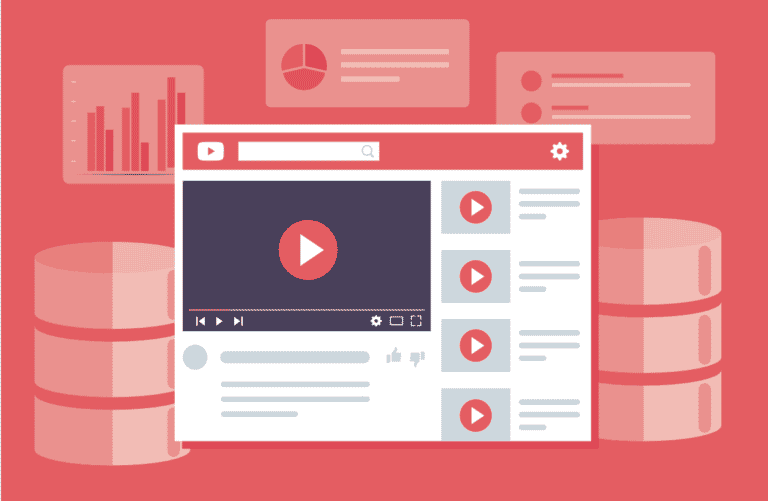YouTube is the most popular video-streaming website on the planet. It’s easy to get lost and watch many videos back-to-back, or even for hours at a time. Some content, such as a television show, is worth watching. As a result, it’s quite simple to build up a sizable data bill if you’re not careful. You may make some valid assumptions right away. Lower resolution movies obviously consume far less data than higher quality videos. But do you realize how much data YouTube consumes? If not, we want to notify you.
Unless you have a costly unlimited data plan, you should definitely keep track of how much mobile data you use each month. Because video streaming on sites like YouTube is one of the most common offenders for consuming your data cap, you should be aware of YouTube’s data usage so you don’t wind up paying for it.
Let’s look at how much data YouTube consumes, how to monitor it, and how to decrease your YouTube data use. Never again will you have to guess how much data YouTube consumes.
What will you see here?
Does YouTube Use Data?

Yes, YouTube makes use of mobile data. When you’re not connected to Wi-Fi, practically everything you do on your smartphone, aside from talking and SMS texting, requires data.
This includes utilizing messaging applications like WhatsApp, streaming music from Spotify or other services, browsing social media and the internet, and viewing movies. As a result, many people are concerned about minimizing their mobile data consumption.
You can watch YouTube videos without using data if you’re connected to Wi-Fi. However, watching YouTube anyplace else eats data.
Why Does YouTube Use So Much Data?
The basic reason is that video transmission is an information-intensive activity. Video is made up of thousands of pixels that might change multiple times per second, which means a lot of data must travel across the internet to reach your device.
Video is far more sophisticated than downloading an image or streaming audio, thus it consumes more mobile bandwidth. However, this isn’t confined to YouTube. Other video streaming services consume a significant amount of bandwidth as well.
How Much Data Does YouTube Use? A Calculation
The amount of data used by YouTube is determined by the quality of the video you stream. The mobile apps (as well as the desktop site and YouTube apps for other platforms) offer a variety of resolution settings, ranging from 144p to 2160p if your device supports it.
Predictions for how much data each one of these settings requires to vary widely, so let’s do our own computation to find out. Please remember that this is not an exact science, and your findings may differ.
YouTube’s streaming help page includes recommendations for video bitrates for streaming media quality settings. We’ll use them as a starting point, however not every video is similar.
YouTube recommends a bitrate of 500 to 2,000Kbps for 480p video. Let’s choose the middle ground and go with 1,250Kbps.
1.25Mbps is obtained by dividing 1,250Kbps by 1,000. Because one byte has eight bits, 1.25Mbps divided by eight is about 0.156 gigabytes per second of video. When multiplied by 60 seconds, 480p video consumes around 9.375MB of bandwidth per minute on YouTube.
9.375MB per minute multiplied by 60 minutes equals 562.5MB of data per hour of 480p YouTube viewing.
YouTube Quality Data Usage Compared
When this identical calculating technique is applied to YouTube’s additional quality settings, the following estimations for YouTube data use per hour are obtained. It should be noted that for 720p and higher resolution videos, YouTube additionally allows 60FPS (frames per second) instead of the typical 30FPS. A higher FPS result in a smoother video. However, as expected, increased bandwidth utilization.
- YouTube does not give a bitrate for 144p.
- 240p consumes 225MB per hour.
- 315MB per hour in 360p
- 480p: 562.5MB per hour
- 720p: 1237.5MB (1.24GB) per hour
- 720p: 60FPS: 1856.25MB (1.86GB) per hour
- 1080p: 2.03GB per hour
- 1080p at 60 frames per second: 3.04GB per hour
- 1440p (2K) at 30 frames per second: 4.28GB per hour
- 1440p (2K) at 60 frames per second: 6.08GB per hour
- 2160p (4K) at 30 frames per second: 10.58GB per hour
- 2160p (4K) at 60 frames per second: 15.98GB per hour
For the sake of comparison, 480p is considered a standard definition. 1080p is commonly referred to as “full HD,” because it is the maximum quality that many YouTube channels upload in. While 4K video isn’t as common, several networks do provide 4K material. If you truly want to conserve data, 360p is okay, but anything less will make it difficult to watch the video.
How to Track Your Data Usage on YouTube?
If you want to keep track of how much data you are using on YouTube, both Android and iOS have apps for that.
How to Review YouTube Data Consumption on Android
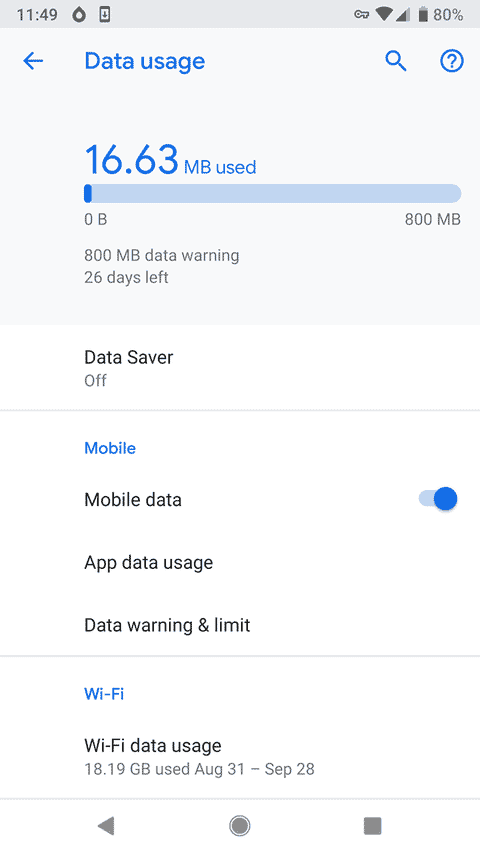
On Android, go to Settings > Network & Internet > Mobile network to view YouTube’s data use. You can view how much data you’ve used in the current billing cycle in this section. To see a breakdown by app, tap App data consumption.
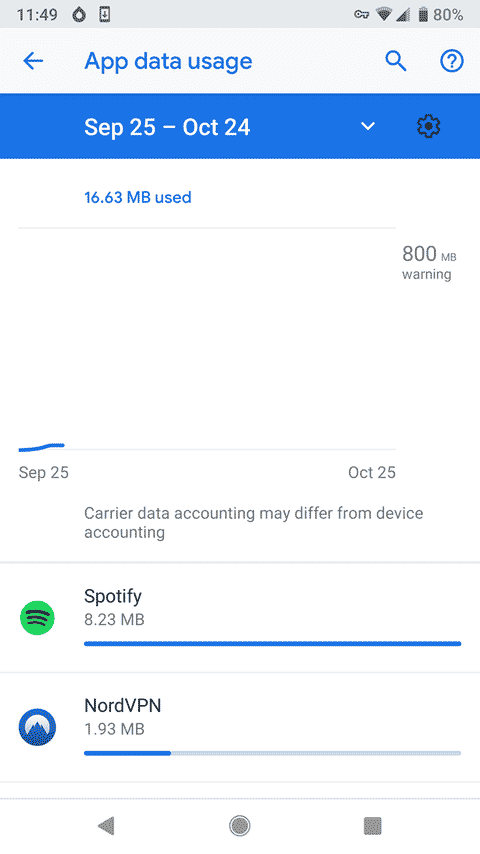
Find and pick YouTube from this list. You’ll get a breakdown of its data to use for the current cycle; you can modify this by tapping the dates at the top.
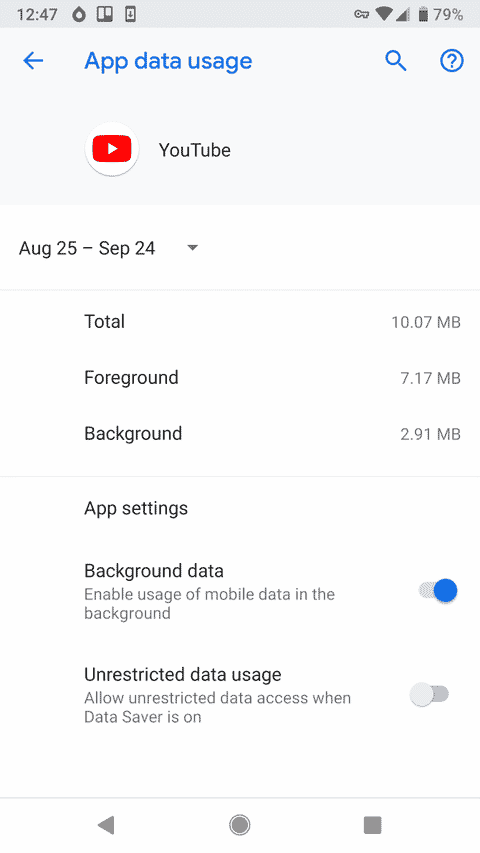
Unrestricted data consumption should be disabled. Even when Data Saver mode is on, YouTube can use as much data as it likes.
How to Check YouTube’s Data Usage on iPhone
iPhone users may find out how much data YouTube has consumed by going to Settings > Cellular. Locate YouTube in the list below the top alternatives to examine its data use.
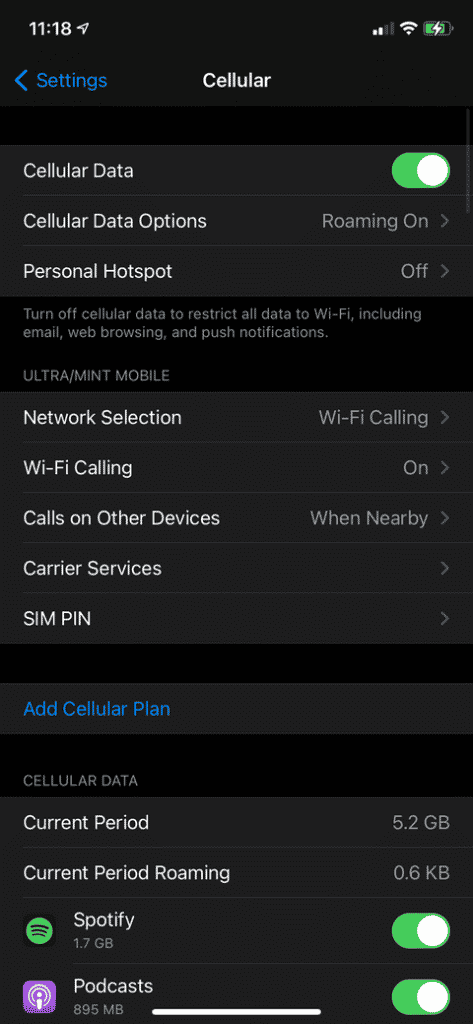
Your iPhone monitors this during the Current Period, but it does not immediately update this timeline. To begin afresh data usage period, scroll to the bottom and click Reset Statistics. Set a reminder to do this every time your payment cycle resumes for optimal results.
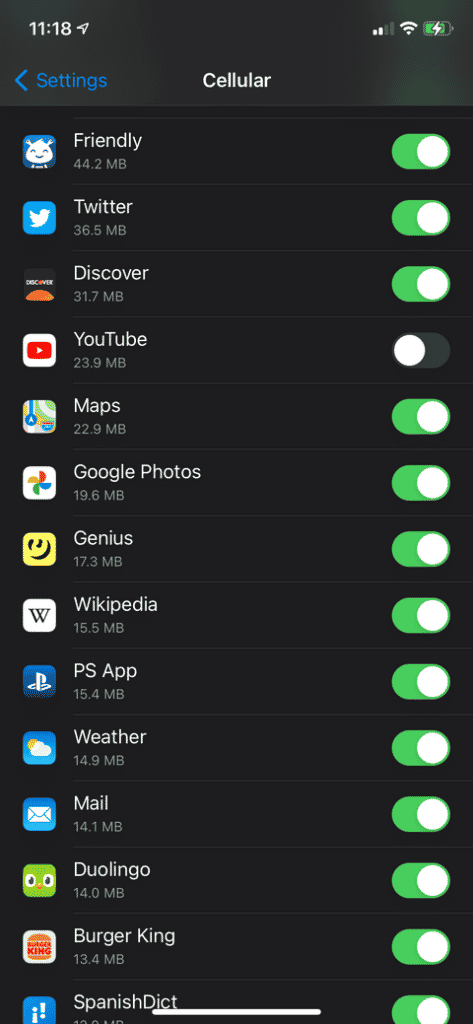
Meanwhile, if you want to entirely prevent YouTube from utilizing mobile data, just off its slider here.
How to Reduce Data Usage on YouTube
You probably don’t want to entirely disable YouTube’s data access. Fortunately, there are less dramatic solutions to limit data use on YouTube.
Change YouTube’s Video Quality While Watching
The most significant data-saving strategy is to avoid watching YouTube videos in high definition while using mobile connection. Tap the three-dot Menu button in the top-right corner of any video to open a menu with options at the bottom.
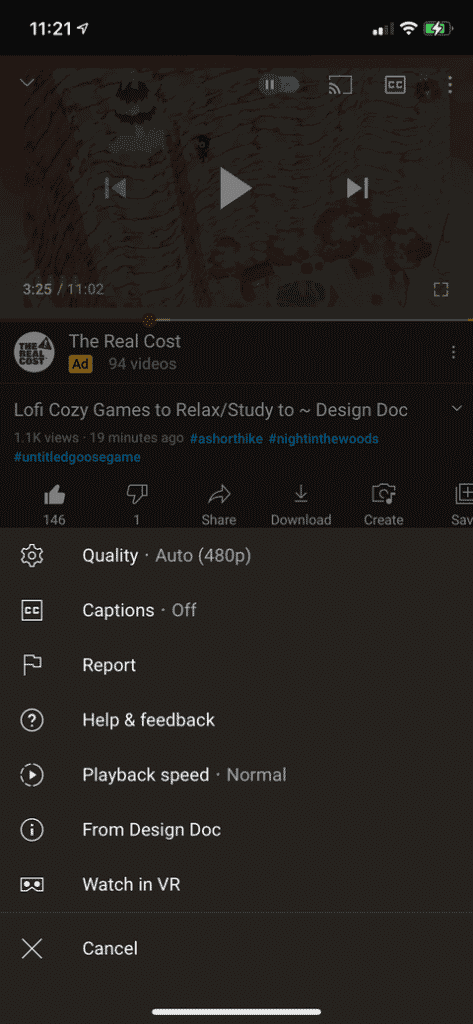
The current Quality may be found here. Change the quality of the video by tapping here. You must first select Auto or one of two ambiguous options: higher picture quality or data saver
YouTube does not clarify what these options represent, which is inconvenient. Higher visual quality, presumably, plays the movie in 720p or higher, depending on how good your connection is. The video is most likely capped at 480p by the data saver.
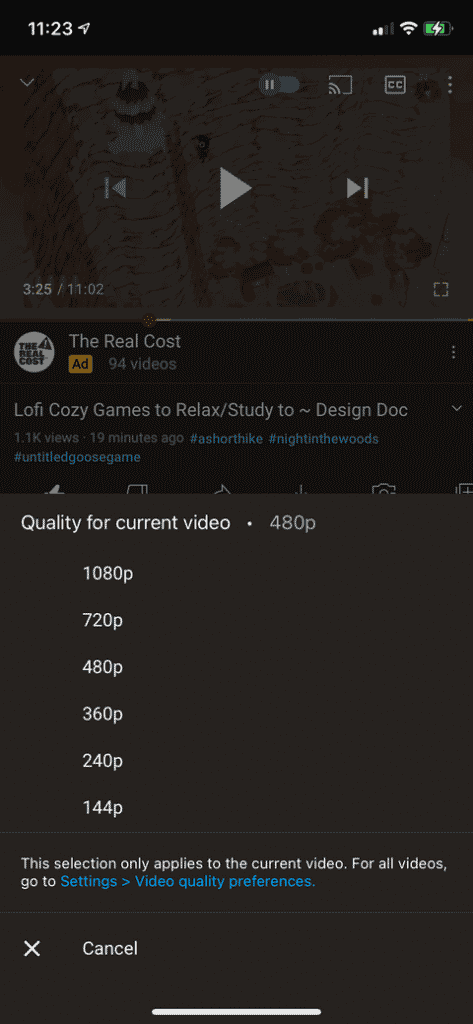
In any case, instead of these generic settings, you may select Advanced to select a specific quality setting. The options that display here are determined by the video uploader.
Auto is convenient, but if you want to conserve data, you need choose an option manually. For a decent mix of bandwidth utilization and video quality, try 480p.
According to the app, modifying this only pertains to the current video. If you wish to change the quality again, you’ll have to do this every time you start a new video.
Set Your Default YouTube Quality Options
In addition to the features listed above, the YouTube app allows you to specify a global quality choice for all videos. This allows you to avoid HD playback when using mobile data, preventing Auto mode from streaming at 1080p.
Tap your profile image in the top-right corner of the YouTube app and select Settings > Video quality settings. You may select Auto, Higher picture quality, and Data saver as the default choices, with distinct options for when you’re using mobile data and Wi-Fi.
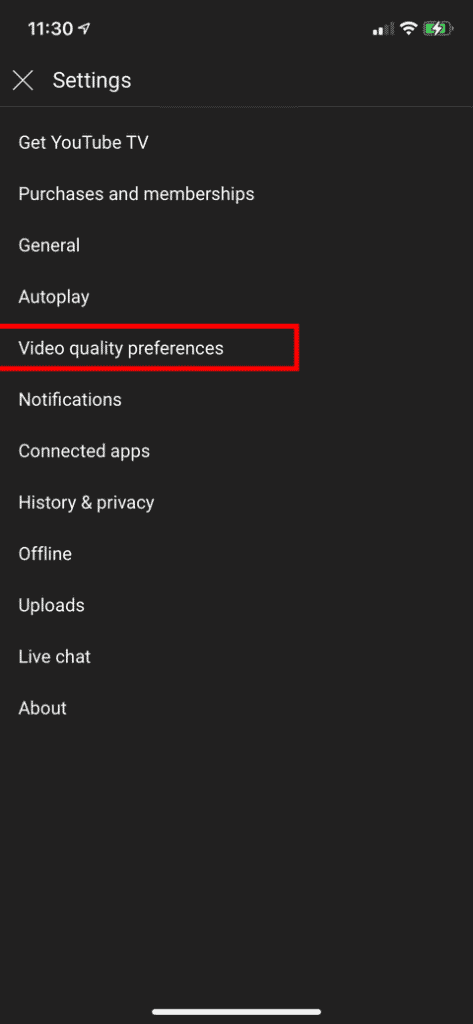
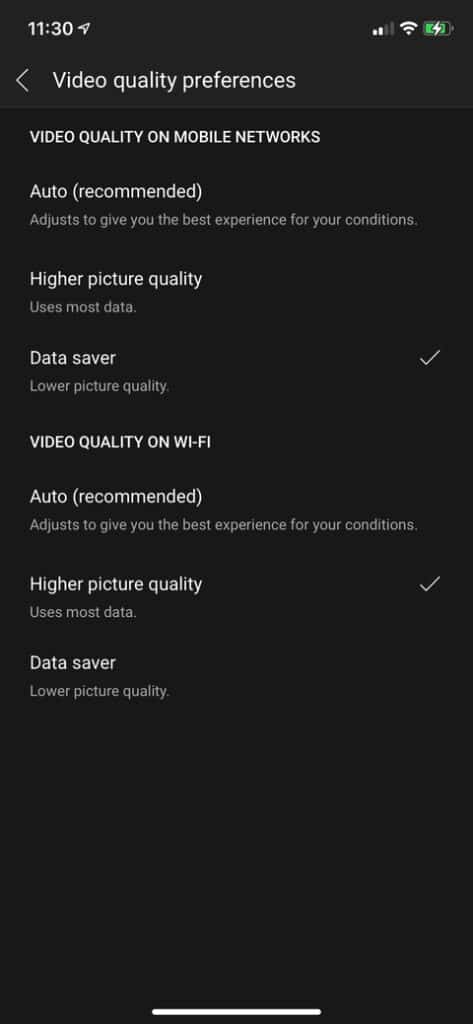
Again, these settings are ambiguous, so you can’t choose a certain resolution as the default. However, this allows you to inform YouTube that you do not wish to watch HD video while consuming data.
Turn Off Video Autoplay
When you complete one video, YouTube’s Autoplay function continues to play. This can waste data if it starts playing a video you don’t want to watch, so it’s better to turn it off.

To disable Autoplay, locate the Autoplay slider at the top of any video and slide it to the left until the Pause symbol appears. After then, YouTube will no longer automatically load new videos. You may also disable autoplay by tapping your profile image and going to Settings > Autoplay.

On a related topic, keep in mind that because YouTube buffers videos while you view them, it will most likely require more data than the numbers above suggest. Always stop a video if you don’t intend to continue watching it to save data.
Conclusion
There are two possible explanations for the high data usage of Youtube. The first is that every video in your YouTube app is configured to play at its highest definition and bitrate. Second, you might be watching a lot of YouTube videos. It adds up more quickly than you would expect. Try configuring your app to use YouTube’s data saver. Follow the guide stated above and it will surely help you to control your Youtube data usage.
You can make more educated judgments about how much bandwidth to stream each month now that you understand how much data watching YouTube consumes. You can still watch YouTube videos on the fly without using up too much data by restricting HD viewing to Wi-Fi and deactivating autoplay. But be careful, YouTube has a habit of sucking you in for far longer than you meant. Furthermore, YouTube is not alone in consuming a large amount of data.


